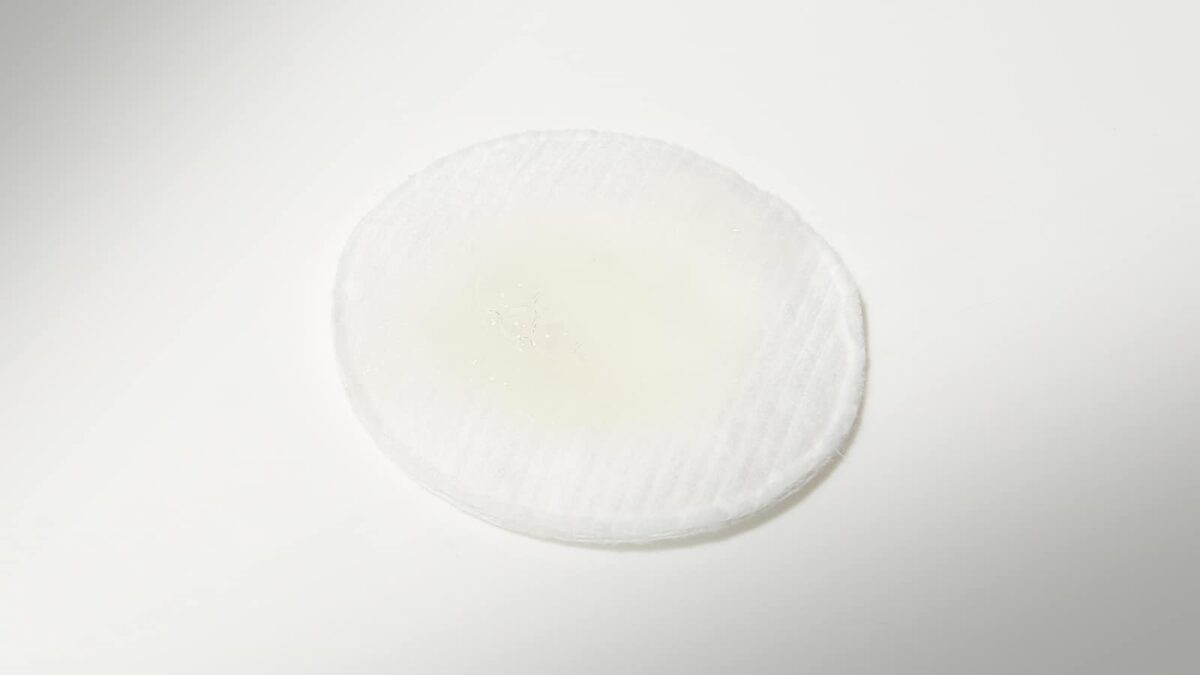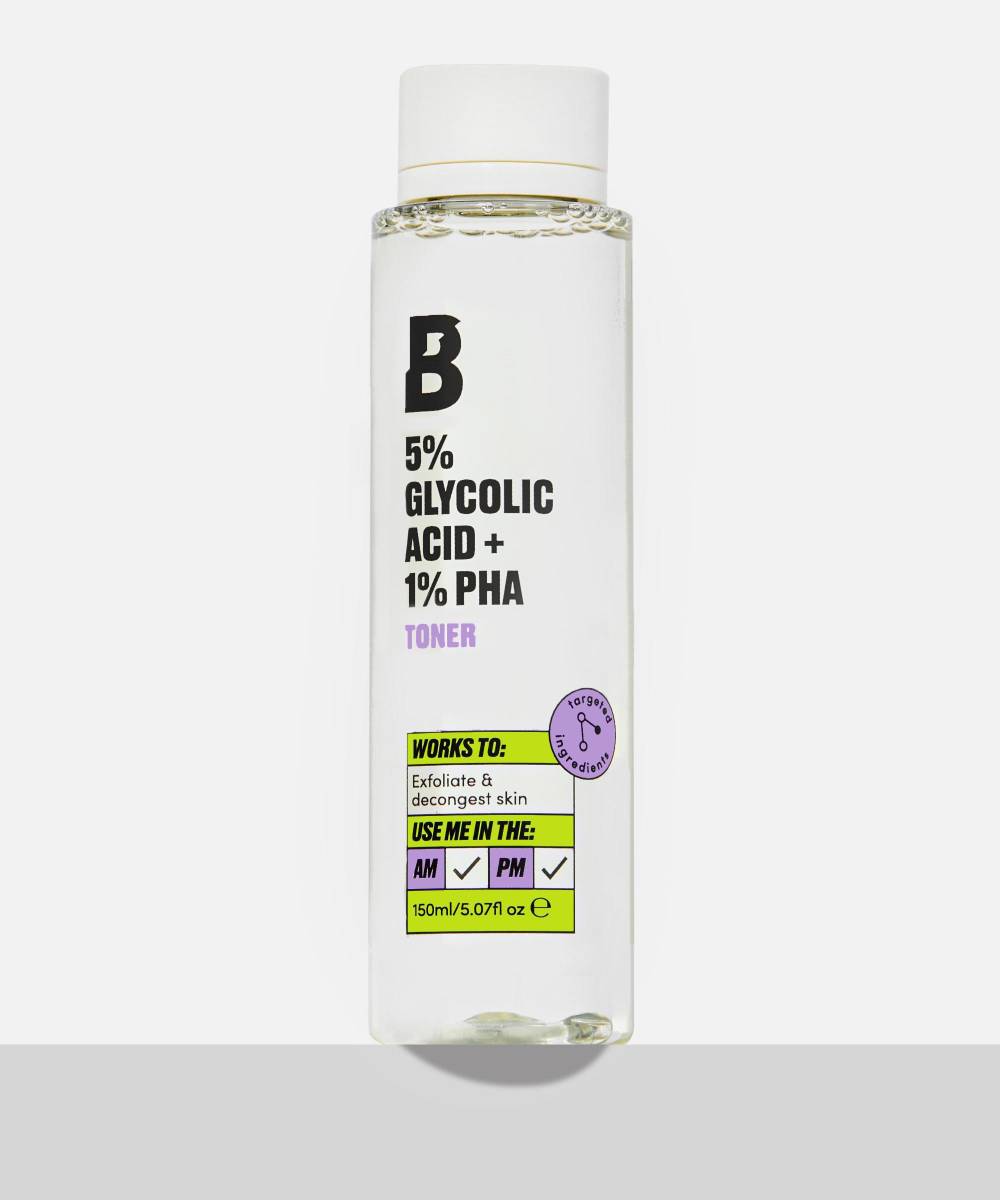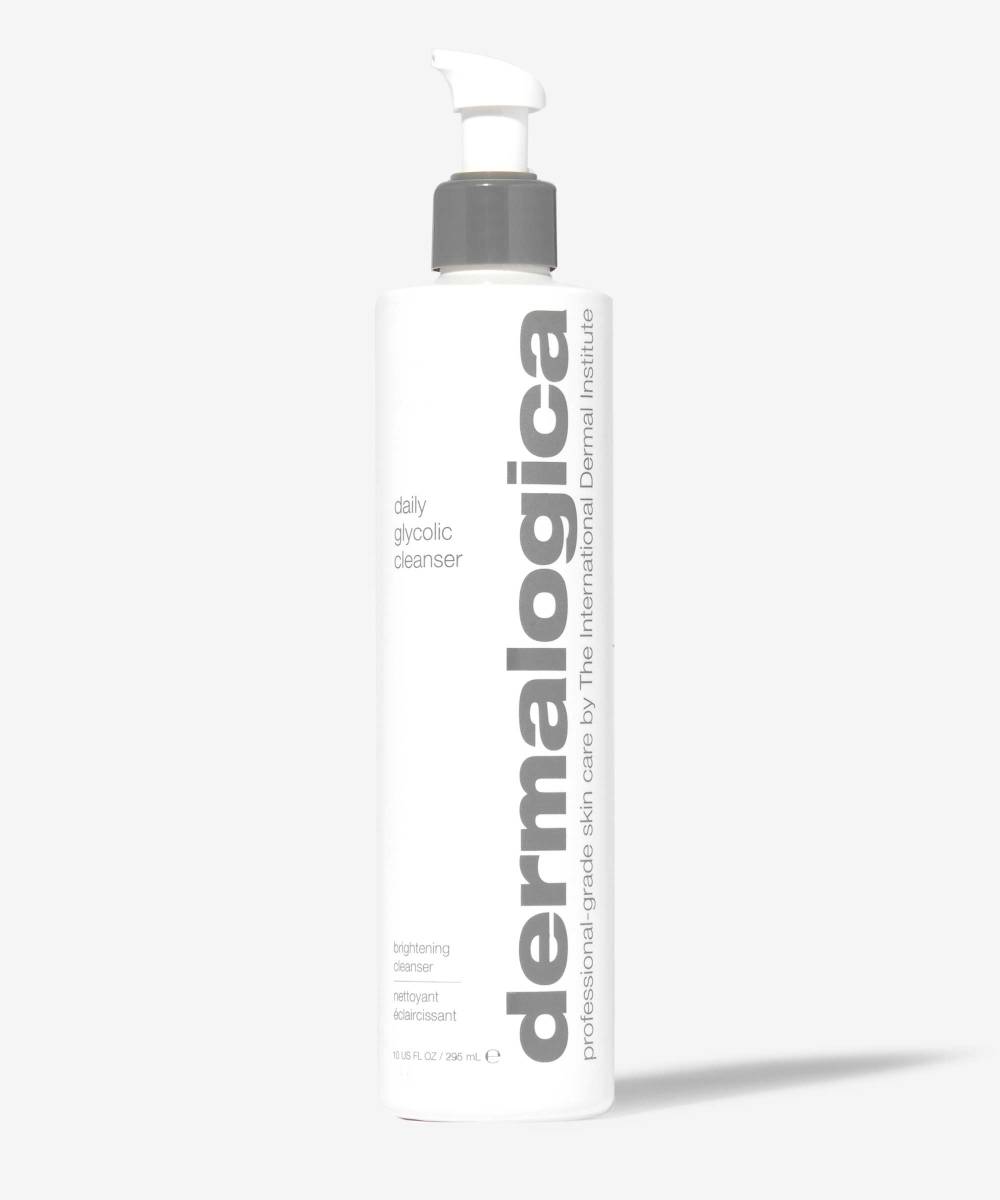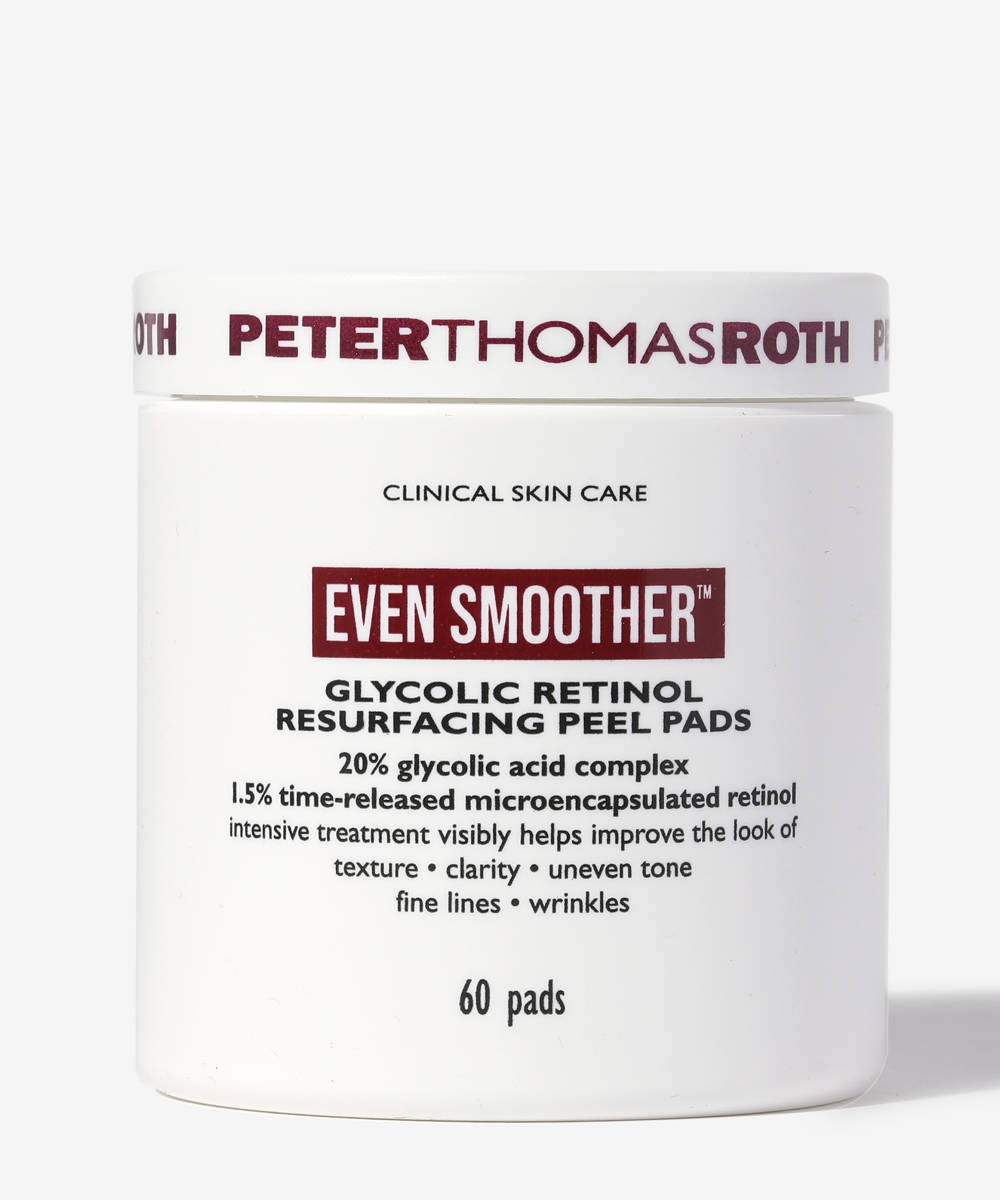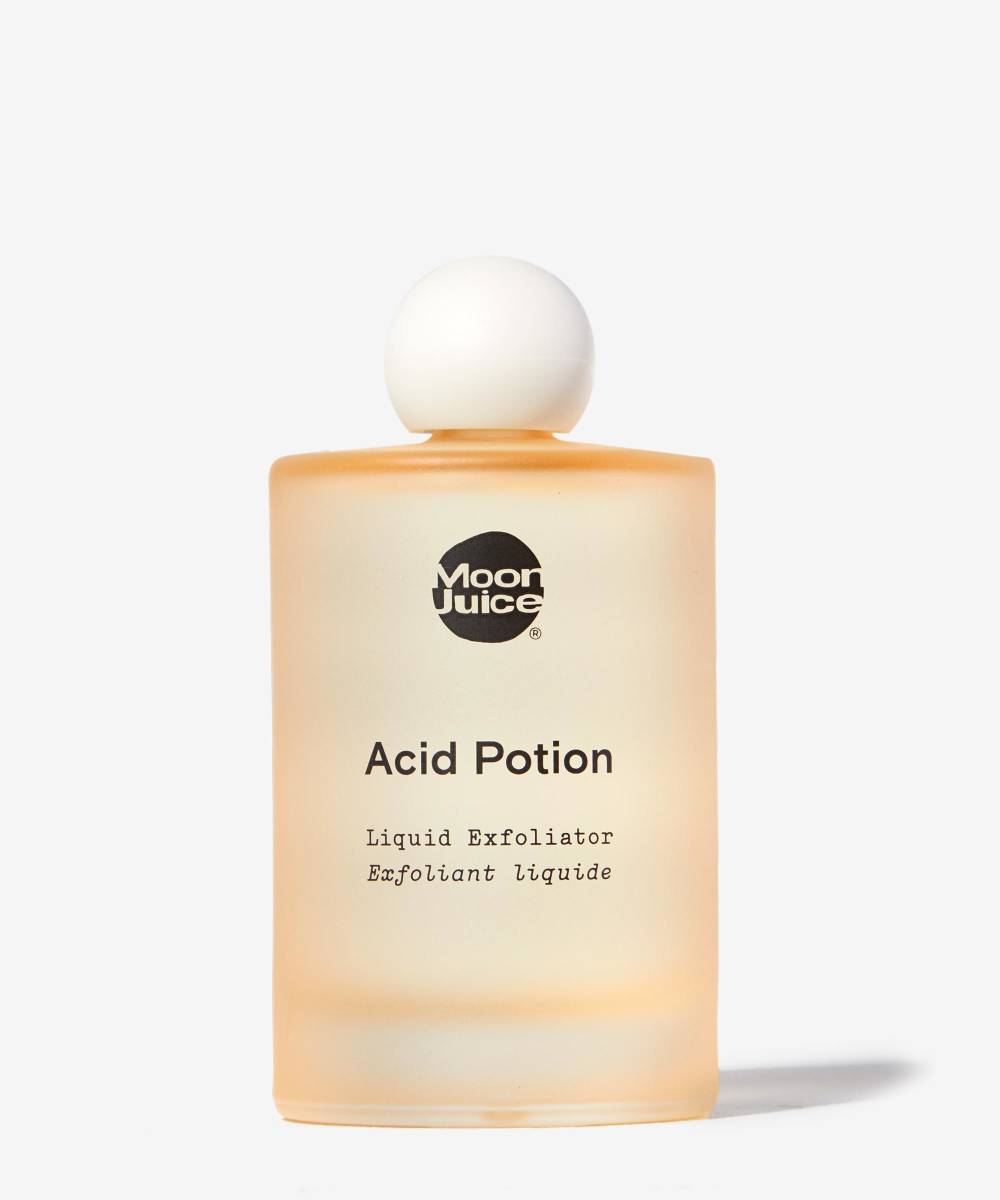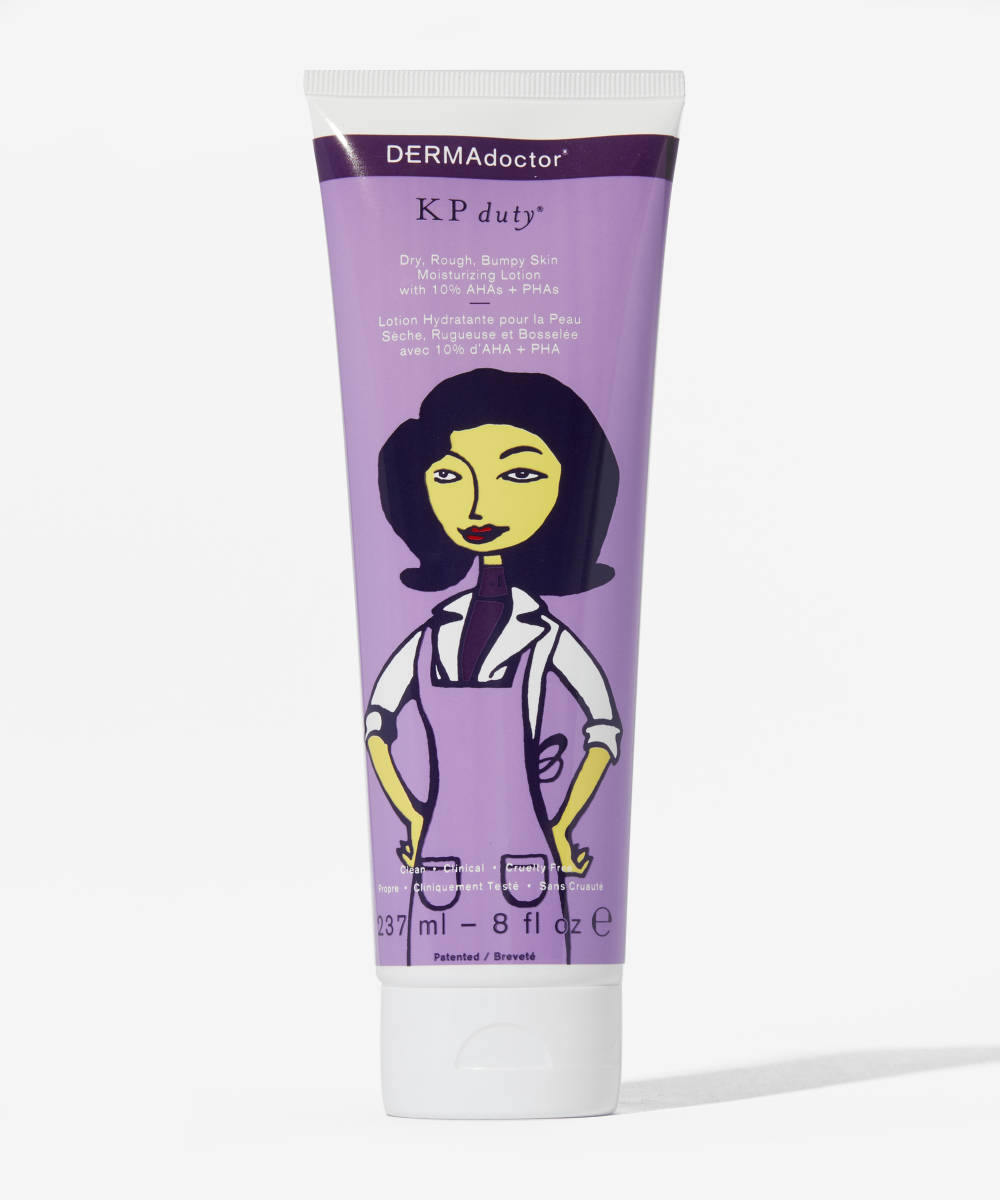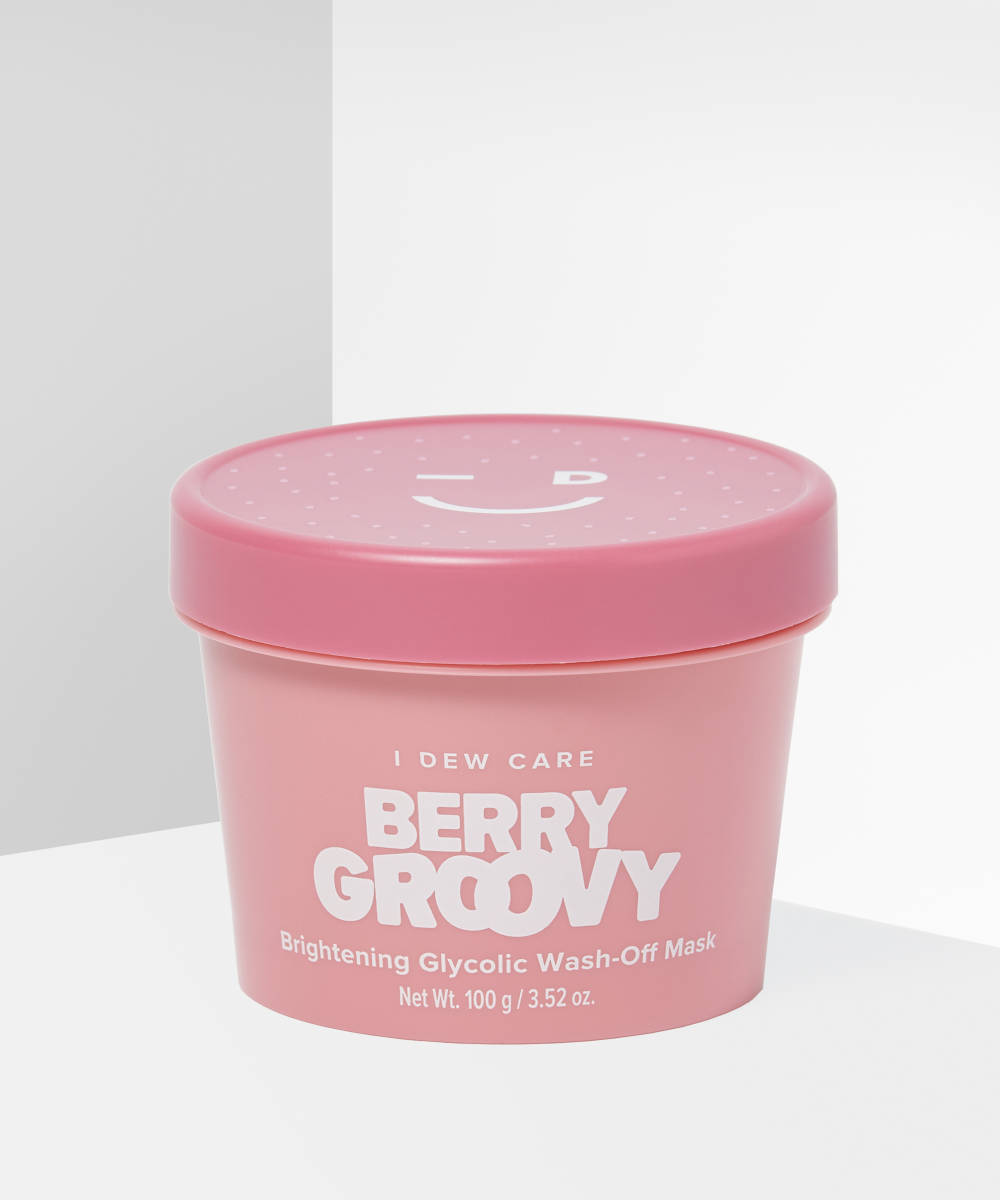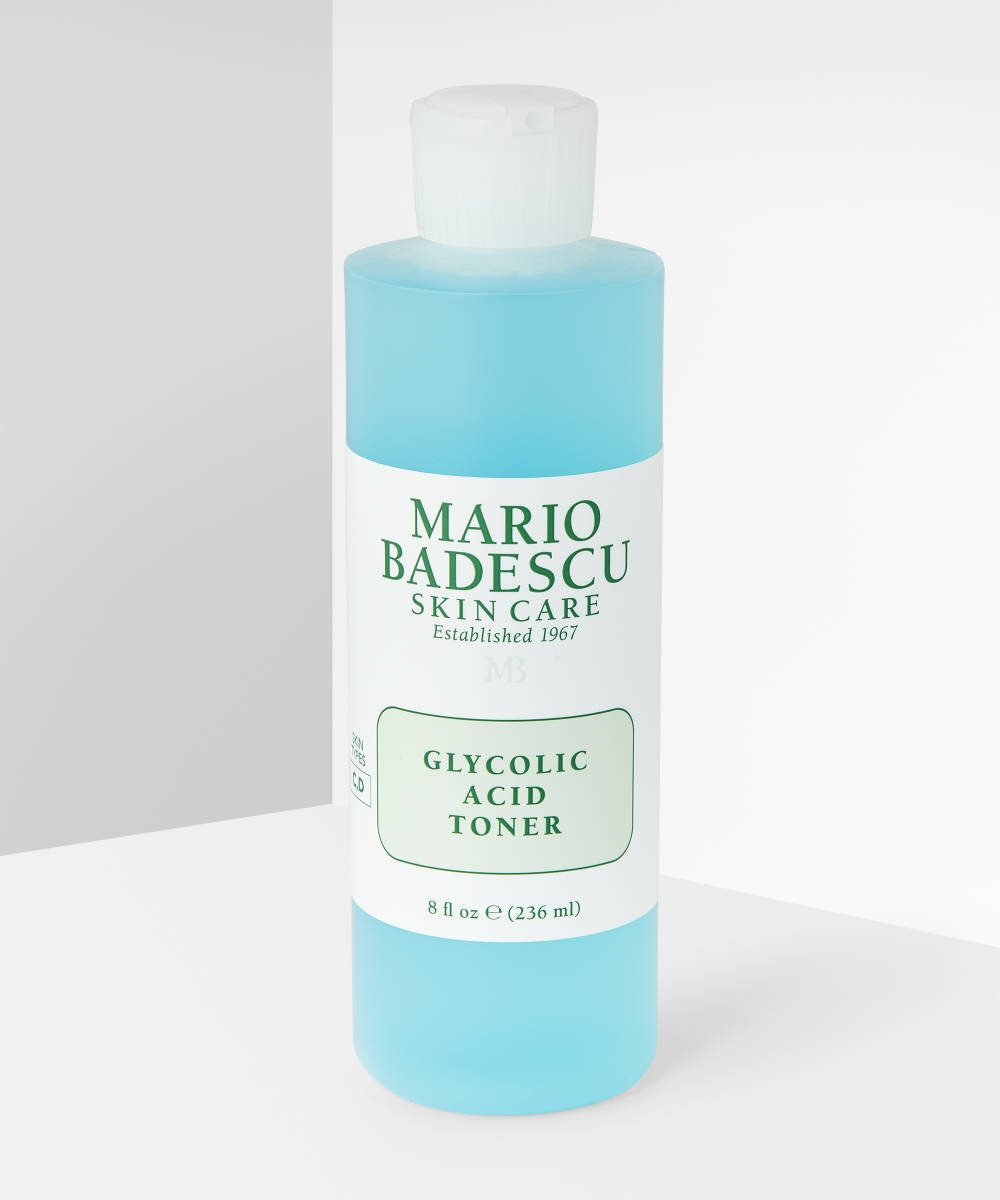In order to get better acquainted with some of the key ingredients in our favourite skincare products, we’re shining the spotlight on some of the most popular skincare ingredients – today, it’s glycolic acid. Anything with the word acid in its name might seem intimidating at first, but don’t be fooled, glycolic acid is a naturally-occurring and totally skin-friendly ingredient which is much more likely to clear your breakouts and brighten your skin than it is to burn your face off. Here’s everything you need to know.
What is glycolic acid?
Glycolic acid is a chemical exfoliant known as an alpha hydroxy acid (AHA). It’s a naturally occurring ingredient derived from plants like pineapple and sugar cane. Glycolic acid is the most well-known chemical exfoliant because it’s the strongest, and thanks to its small molecule size has the ability to penetrate skin deeply and easily.
How does glycolic acid work?
Glycolic acid breaks down the substances that bind cells together in order to remove dead skin cells in the top layers of skin, so that the fresh, new skin cells of the layer below can come through. This means that skin appears brighter, clearer, more even-toned, and feels smoother and softer. Over-use can lead to redness and irritation, but if used correctly, glycolic acid can be suitable for any and every skin type, and is a much gentler alternative to physical scrubs because it won’t tear the skin (which can lead to further long-term damage).
Why should I use glycolic acid?
If your skin looks dull, feels rough, frequently breaks out, or has red marks and hyperpigmentation left behind from breakouts, then glycolic acid can benefit you. Because glycolic acid removes the dead skin cells that block pores, it means that pores are less easily clogged, so you’ll experience fewer breakouts. Skin also appears dull and grey when pores are clogged with oil and dead skin, so once these are removed, your complexion will appear fresher and brighter. Glycolic acid also helps with the marks left behind by breakouts – post-inflammatory hyperpigmentation only effects the top layers of skin, so with every layer of skin that’s removed, scars will appear more faded and less obvious. In addition, glycolic acid can help skin that has a lot of sun-induced pigmentation (brown spots). It also helps to stimulate the production of collagen – an ingredient which makes skin appear smoother and plumper. Finally, like physical scrubs, glycolic acid helps to slough away rough and flaky patches of skin.
Where should I use glycolic acid?
Glycolic acid has many benefits, so can be used all over the body – it can help to remove dry skin from feet, treat keratosis pilaris, and can even function as a deodorant. Typically, glycolic acid is applied as a toner, but it’s also found in serums, masks, cleansers, and some moisturisers, including body lotions.
When should I use glycolic acid?
In your evening skincare routine – glycolic acid increases skin’s sensitivity to the sun so it’s safer to use it at nighttime (make sure to wear an SPF50 the following day). Your skin might need getting used to glycolic acid if you’ve never used it before, so start off by using it once a week and gradually increase to see how your skin adapts. Be sure to follow up use of glycolic acid with soothing, hydrating products that will help to strengthen and support your skin barrier and reduce any likelihood of sensitivity. It’s also important to be careful what ingredients you pair glycolic acid with it’s best to avoid layering with other active ingredients like retinoids and vitamin C.
